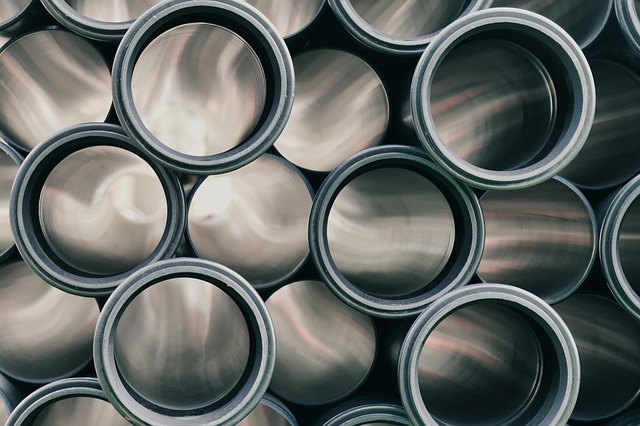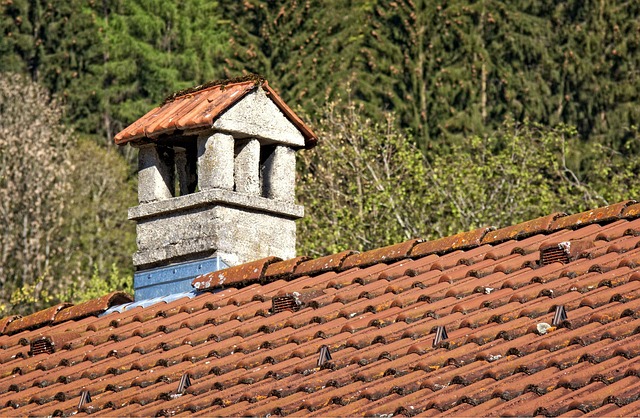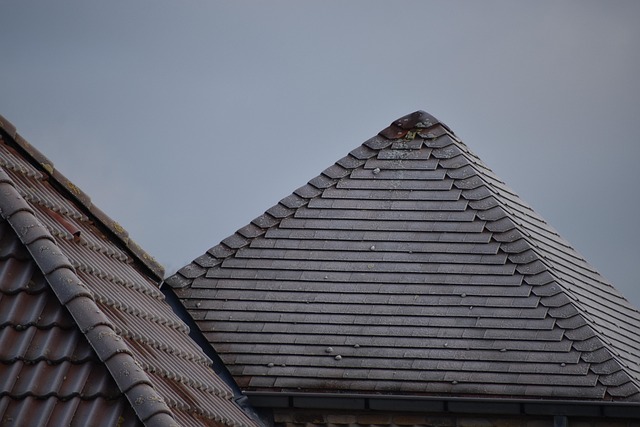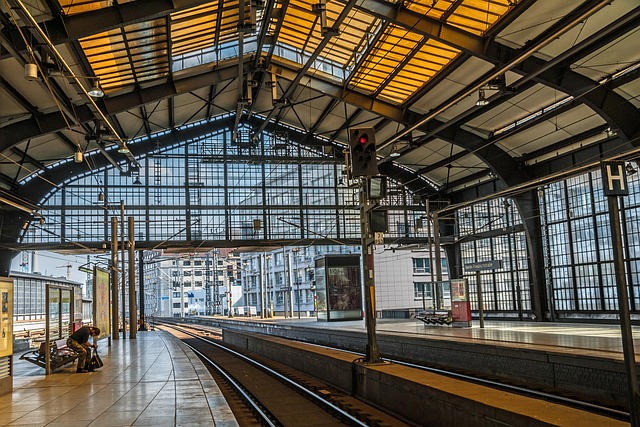Green roofing systems contractors offer businesses sustainable solutions with energy efficiency, water management, and biodiversity benefits. Choices range from lightweight to intensive roofs, depending on space, budget, and upkeep preferences. Skilled professionals design, install, and maintain these systems, integrating natural or recycled materials for optimal performance and environmental impact reduction. Regular maintenance ensures longevity and maximizes the eco-friendly advantages of green roofing.
“Seeking an eco-conscious upgrade for your business roof? Green roofing systems offer a sustainable solution, significantly reducing energy consumption and environmental impact. This comprehensive guide aims to empower businesses with knowledge on implementing these systems. We explore various benefits, from improved insulation to reduced carbon footprint. Learn about different types, the crucial role of contractors in installation, energy-efficient materials, and maintenance tips for long-lasting, high-performing green roofs.”
- Understanding Green Roofing Systems: Benefits and Types
- The Role of Contractors in Eco-Friendly Transformations
- Energy Efficiency: A Key Focus for Sustainable Roofs
- Choosing Materials: Natural vs. Recycled Options
- Installation Process: Steps to Ensure Longevity
- Maintenance Tips for Optimal Performance
Understanding Green Roofing Systems: Benefits and Types

Green roofing systems have emerged as a powerful solution for businesses aiming to reduce their energy consumption and carbon footprint. These innovative systems incorporate various elements such as plants, soil, and water to create living roofs that offer multiple environmental benefits. One of the primary advantages is their ability to significantly lower energy costs by providing natural insulation, reducing the need for traditional HVAC systems. This results in a more sustainable and efficient building design.
There are several types of green roofing systems, each catering to different needs and preferences. Extensive green roofs, for instance, are lightweight and low-maintenance, featuring a thin layer of vegetation like grasses and sedums. In contrast, intensive green roofs can support a wider variety of plants, including shrubs and small trees, but require more care. A third option, the eco-friendly roofing system known as a living roof, offers all the advantages of insulation, water management, and biodiversity while enhancing the building’s overall aesthetics. Choosing the right type depends on factors like available space, budget, and desired maintenance level, making it essential to consult with a green roofing systems contractor for expert guidance.
The Role of Contractors in Eco-Friendly Transformations

In the pursuit of creating sustainable and eco-friendly businesses, green roofing systems have emerged as a powerful solution. These systems go beyond traditional roofing by integrating nature into buildings, offering not just environmental benefits but also enhanced aesthetics and improved energy efficiency. The role of contractors in this transformation is pivotal.
Qualified contractors specializing in green roofing are the driving force behind these eco-friendly transformations. They possess the expertise and knowledge to design, install, and maintain living roofs or sustainable roofs that blend with the natural environment. By employing innovative techniques and materials, they ensure these systems not only reduce energy usage but also contribute to a healthier planet. Their skill in navigating complex projects ensures businesses receive tailored solutions that meet their specific needs while aligning with their commitment to environmental stewardship.
Energy Efficiency: A Key Focus for Sustainable Roofs

Energy efficiency is a cornerstone of any robust green roofing system contractor’s strategy. By focusing on this key aspect, businesses can significantly reduce their energy consumption and carbon footprint. Eco-friendly roofing isn’t just about aesthetics; it involves utilizing materials and designs that minimize heat transfer, keeping buildings cooler in summer and warmer in winter. This, in turn, reduces the strain on HVAC systems, lowering energy bills and promoting a more sustainable environment.
Living roofs, as an example of a sustainable roof, offer exceptional energy efficiency benefits. These vibrant, lush green spaces not only enhance the visual appeal of a building but also act as natural insulators, mitigating temperature fluctuations. Moreover, they contribute to better air quality, providing insulation against urban heat islands and reducing the need for artificial cooling mechanisms. For businesses seeking to integrate eco-friendly roofing solutions, prioritizing energy efficiency is a strategic move towards a greener future.
Choosing Materials: Natural vs. Recycled Options

When it comes to choosing materials for your green roofing system, there are two primary categories to consider: natural and recycled options. Natural materials, such as vegetation and organic compounds, offer a truly sustainable approach to roofing. These materials not only reduce energy usage but also provide additional environmental benefits like air purification and stormwater management. For instance, a living roof can serve as a habitat for local wildlife and improve the overall biodiversity of urban areas.
On the other hand, recycled materials are a popular choice among eco-friendly roofing systems contractors. Utilizing repurposed materials reduces waste and lowers the environmental impact associated with manufacturing new products. Common recycled options include reclaimed metal, asphalt shingles, and even plastic bottles transformed into synthetic underlayments. These materials not only contribute to a more sustainable built environment but also offer long-lasting durability, making them a cost-effective and environmentally responsible choice for businesses aiming to reduce their carbon footprint.
Installation Process: Steps to Ensure Longevity

The installation process for a green roofing system is a meticulous art that requires expert hands. It begins with a thorough inspection to ensure the structure’s integrity and prepare the roof surface. A crucial step involves selecting the appropriate growing medium, which should be lightweight and well-draining, catering to the specific needs of the chosen vegetation. The next phase focuses on installing a robust water-proof membrane barrier, shielding the building from potential leaks. Contractors then lay down a root barrier to protect the building’s structure while allowing roots to penetrate and anchor the system.
After preparing the substrate, the installation progresses with careful placement of drainage layers, ensuring optimal water flow. This is followed by the assembly of the growing medium and the planting of the desired flora. Proper sealing and flashing around fixtures and edges safeguard against moisture intrusion. Regular maintenance, including weeding, fertilizing, and irrigation management, ensures the longevity and vibrancy of the living roof. Engaging a reputable green roofing systems contractor who understands these intricacies is paramount to achieving a sustainable roof that not only reduces energy usage but also enhances the building’s overall aesthetics.
Maintenance Tips for Optimal Performance

Maintaining a green roofing system is key to ensuring its optimal performance and longevity. Regular inspections are essential, especially for identifying any signs of damage or moisture intrusion. As living roofs require more upkeep than traditional ones, establishing a consistent maintenance schedule with a qualified eco-friendly roofing contractor is imperative. This includes routine cleaning to remove debris, as well as checks on the drainage system to prevent water logging.
During these visits, professionals can also assess the health of the plant life, making sure it’s thriving and contributing effectively to energy reduction. Proper ventilation should be maintained, and any damaged or missing components should be promptly replaced. By adhering to these maintenance tips, businesses can maximize the benefits of their sustainable roof, including reduced energy usage and enhanced environmental friendliness.
